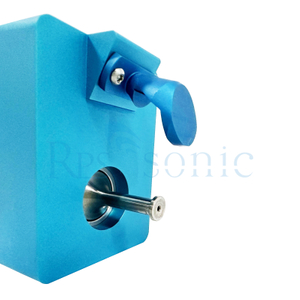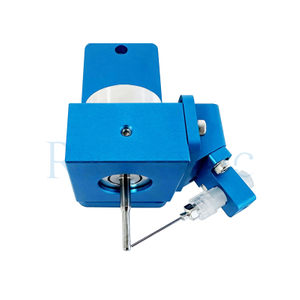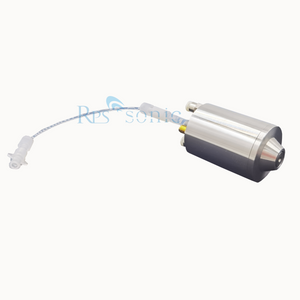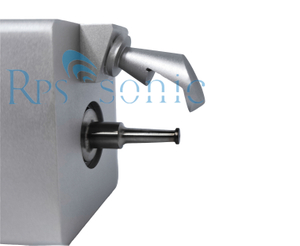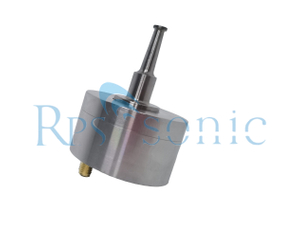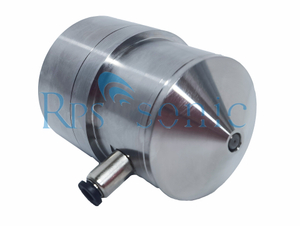Carbon nanotubes (CNTs) are a typical one-dimensional nanomaterial and have been one of the research hotspots in the field of materials science for many years. Carbon nanotubes are an isotope isomer of crystalline carbon. Structurally, they are honeycomb-shaped one-dimensional hollow nanotubes, in which C-C atoms form covalent bonds with sp2 hybridization. According to the number of walls of carbon nanotubes, they can be divided into single-walled carbon nanotubes (SWCNTs) and multi-walled carbon nanotubes (MWCNTs). According to the structural characteristics of carbon nanotubes, they can be divided into three types: armchair, zigzag, and helical. Helical carbon nanotubes have chirality, while zigzag and armchair carbon nanotubes do not have chirality.
Performance advantages of carbon nanotubes:
1. Highest specific strength: The covalent bond connecting the carbon atoms in carbon nanotubes is the most stable chemical bond in nature. Carbon nanotubes have extremely high tensile strength and elastic modulus. At the same time, the density of carbon nanotubes is only 1/6 of that of steel, making them the material with the highest specific strength that can be prepared at present.
2. Strong flexibility: Carbon nanotubes are strong but not brittle. When bending carbon nanotubes or applying pressure to them axially, even if the external force exceeds the Euler strength limit or bending strength, the carbon nanotubes will not break, but will first bend at a large angle. When the external force is released, the carbon nanotubes return to their original state.
3. Good conductivity: The structure of carbon nanotubes is the same as the lamellar structure of graphite, and has good conductivity. The resistance of carbon nanotubes is independent of their length and diameter. When electrons pass through carbon nanotubes, they do not generate heat to heat the carbon nanotubes. The transmission of electrons in carbon nanotubes is like the transmission of light signals in optical fiber cables, with minimal energy loss, making them excellent battery conductors.
4. Good hydrogen storage performance: carbon nanotubes have a high specific surface area and have excellent hydrogen storage capacity after treatment.
5. Excellent lithium insertion properties: the hollow tube cavity of carbon nanotubes, the gaps between tubes, the gaps between the layers of the tube wall and various defects in the tube structure provide abundant storage space and transportation channels for lithium ions.
6. Chemical stability: carbon nanotubes are chemically stable and have acid and alkali resistance. Adding carbon nanotubes to polymer composites can improve the acid and oxidation resistance of the material itself.
Ultrasonic nanotube spraying is an advanced coating technology that uses ultrasonic technology to evenly disperse and spray nanotube materials (such as carbon nanotubes or other nanotube structures) onto the surface of the substrate. The core lies in combining the dispersing ability of ultrasound and the precise control of spraying to achieve efficient and uniform deposition of nanomaterials.
Ultrasonic spray systems are particularly suitable for spraying nano suspensions such as CNT, nanowires, perovskites, graphene, etc. Due to the inherent ultrasonic vibration of the spray head, the energy breaks up the agglomerated particles in the suspension, and the liquid is subjected to continuous mechanical vibration throughout the coating process without damaging the material. This is particularly beneficial in cases where uniform dispersion of functional nanoparticles is required.
Ultrasonic spray systems are used to spray uniform thickness coatings on substrates of any width. The ability to produce these very thin and highly uniform coatings even over very wide widths makes ultrasonic spray technology particularly suitable for many precision nanotechnology spraying applications.
1. Technical principle
Ultrasonic dispersion:
The cavitation effect is generated in the high-frequency ultrasonic liquid. The instantaneous high pressure and micro jet can effectively break the agglomeration of nanotubes, making them evenly dispersed in the solvent, avoiding damage or reagglomeration caused by traditional mechanical stirring.
Spraying process:
The dispersed nanotube suspension is atomized through a nozzle and sprayed onto the surface of the substrate using compressed gas or electrostatic assistance. Ultrasonic vibration can also optimize the atomization effect, form finer droplets, and improve the uniformity of the coating.
2. Key advantages
Uniformity: Ultrasonic waves ensure that the nanotubes are monodispersed, avoiding particle agglomeration or cracks in the coating.
Low-temperature process: Suitable for heat-sensitive substrates (such as plastics, flexible electronic devices).
High adhesion: The nanotubes are tightly bonded to the substrate, suitable for applications that conduct electricity, heat or enhance interface properties.
Controllable thickness: By adjusting the ultrasonic parameters, spraying speed and concentration, precise coatings from nanometers to micrometers can be achieved.
3. Application areas
Electronic devices:
Transparent conductive film (replacing ITO, used in touch screens and flexible displays).
Sensor electrodes (highly sensitive gas/biosensors).
Energy: Lithium battery electrode coatings (improving conductivity and cycle life).
Fuel cell catalyst layers.
Aerospace: Composite surface enhancement (carbon nanotubes improve the impact resistance of carbon fiber composites).
Biomedicine: Antibacterial coatings or neural interface electrodes (taking advantage of the biocompatibility of nanotubes).


The application of ultrasonic spraying technology in the medical industry not only improves the manufacturing level of medical devices, but also brings safer and more effective medical solutions to patients. Medical manufacturing enterprises need to actively embrace technological innovation, strengthen technology research and development and personnel training, take ultrasonic spraying technology as a breakthrough, promote the development of medical manufacturing to the direction of precision and intelligence, and make greater contributions to the cause of human health. With the continuous progress of technology, ultrasonic spraying technology will play a more important role in the field of medical manufacturing, and promote the medical industry to a higher level.
RPS-SONIC Ultrasonic spraying equipment videos:
 English
English



